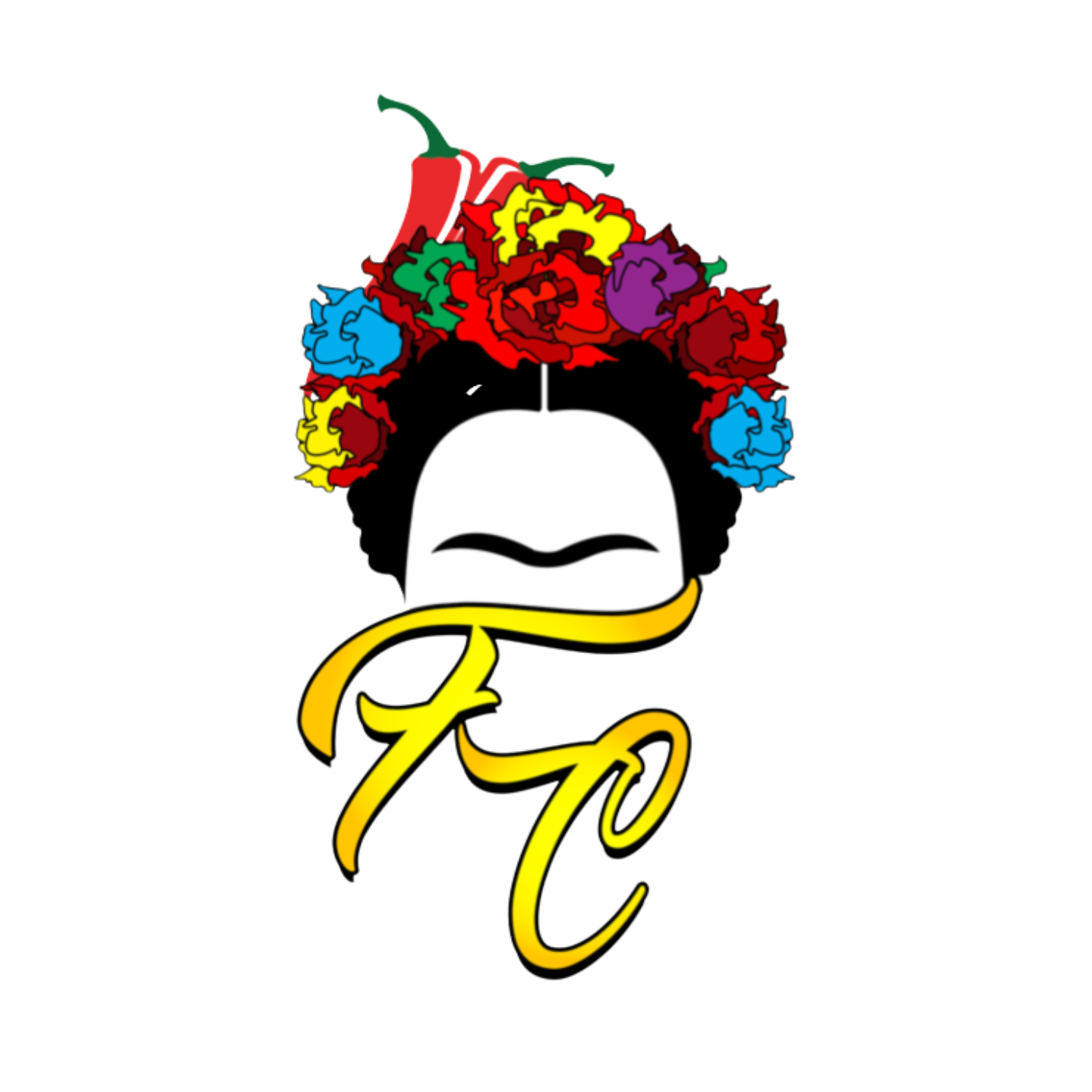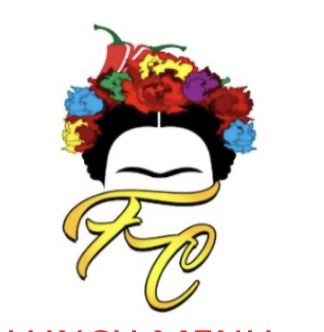The History of The Chili Queens of San Antonio: Pioneers of Street Food Culture
The History of The Chili Queens of San Antonio
San Antonio was founded on May 1, 1718, when a Spanish expedition established the Mission San Antonio de Valero. This mission, later known as the Alamo, was part of the early Spanish colonial efforts in Texas. Shortly after, on May 5, 1718, a presidio (military garrison) called San Antonio de Béxar was established nearby, marking the beginning of the settlement that would grow into the city of San Antonio.
In 1731, the town of San Fernando de Béjar was laid out by settlers from the Canary Islands, which became the first chartered civil settlement in Texas. San Antonio is recognized as the oldest municipality in Texas, celebrating its 300th anniversary on May 1, 2018.
In this rich historical context, the Chili Queens of San Antonio emerged as a unique cultural phenomenon. These Mexican women were a fixture of the city's food culture in the late 19th and early 20th centuries, selling their famous chili con carne amongst an assortment of Mexican staples from street stalls in public spaces.
In this blog post, we'll explore the history of the Chili Queens of San Antonio, their impact on San Antonio's food culture, and their enduring legacy. These pioneering women used many of the same essential Mexican ingredients that define authentic Mexican cuisine today.
For more fascinating Texas history visit the city of San Antonio’s official history page here.
Origins and Rise of the Chili Queens
The Chili Queens emerged in San Antonio in the late 1800s, during a time of rapid growth and development in the city. As the city's population and trade expanded, so did the demand for food. The Chili Queens were a response to this demand, setting up stalls in public spaces to sell their flavorful chili con carne to hungry patrons.
Interestingly, Market Square remained unregulated until 1888, creating a vibrant and diverse marketplace. These public spaces were bustling hubs of activity, where one could find an eclectic mix of goods and services. Alongside the Chili Queens' offerings, visitors could purchase poultry, sweets, hay, fruits, vegetables, butter, wood, and hides. The squares even hosted circuses from time to time, adding to the lively atmosphere.
The Chili Queens quickly became a beloved part of San Antonio's culture, attracting customers from all walks of life. Their stalls, which were often decorated with colorful tablecloths and other decorations, added to the festive atmosphere of the city's public spaces. In addition to their famous chili con carne, these enterprising women sold tamales, ice cream, and even live canaries and cardinals.
Cultural Impact and Community Role
The Chili Queens were known for their engaging personalities and lively banter, which drew people to their stalls. They also became an important source of income for many women in San Antonio, providing a way for them to support themselves and their families. For example, Graciela Sánchez's great-grandmother, a Chili Queen, saved enough money to buy a home, showcasing the economic empowerment these women achieved through their culinary skills. Their pioneering spirit mirrors the empowerment themes found in Frida Kahlo’s life and art.
The plazas bustled with activity: soldiers, visitors, cattle ranchers, and minstrels strolled among the tables, saturating the night with melodies. The Chili Queens not only provided food but also created a vibrant social hub where diverse groups mingled and enjoyed the festive atmosphere. Text continues after popular blog posts section below.
POPULAR BLOG POSTS:
Culinary Details
The Chili Queens introduced San Antonio’s international community of residents and travelers to chili con carne, which they had traditionally prepared at home for their families. It didn’t take long for the love of ‘chili’ to spread across the country and beyond. This cultural introduction parallels the broader history of Mexican food spreading throughout America. The traditional chili con carne recipe from the Witte Museum archives includes suet, pork fat, beef, and a blend of spices, simmered to perfection over an open flame.
To understand the deep roots of Mexican cuisine and its global influence, explore our comprehensive The Soul of Mexico: A Journey Through Time and Taste.
Challenges and Decline
Initially, the Chili Queens operated primarily in Military Plaza. However, sometime in the 1890s, the construction of San Antonio's City Hall displaced them from this location. This change forced the Chili Queens to adapt and find new areas to set up their stalls, demonstrating their resilience and determination.
As the city of San Antonio grew, so did its regulations on street vendors. The Chili Queens were eventually forced to move from their traditional locations in Military Plaza and other public spaces. While some continued to sell chili from other locations, the decline of the Chili Queens marked the end of an era in San Antonio's food culture.
Enduring Legacy
Despite their decline, the legacy of the Chili Queens lives on in San Antonio. Today, the city is still known for its chili con carne, and there are restaurants and food trucks that serve variations of the famous dish. The Chili Queens are celebrated as a symbol of San Antonio's rich history and culture, and their impact on the city's food scene is still felt today.
The Chili Queens were a group of women who left an indelible mark on San Antonio's food culture. Their flavorful chili con carne, engaging personalities, and lively stalls made them an iconic part of the city's history. While their time selling chili from street stalls may have come to an end, the legacy of the Chili Queens lives on in San Antonio's food scene and in the hearts of those who remember them. This page at What’s Cooking America has fascinating information surrounding the origin of chili. We highly recommend it. Click here.
Learn more about Mexican culinary roots in our blog post, The History of the Taco! Also discover the essential ingredients that these pioneering women used to create their famous chili con carne.









